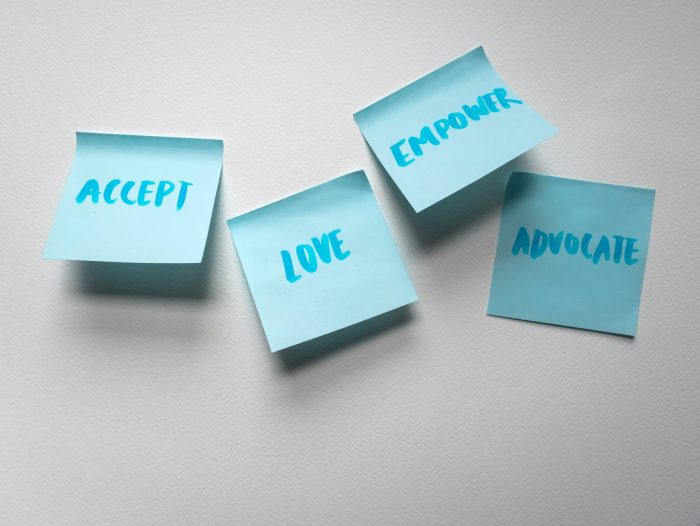Knowing the difference between stress and anxiety can help empower you to move through life with more ease.
We tend to use anxiety and stress interchangeably throughout our culture. Have you ever heard a friend say” I’m so stressed about this project at work and they can’t seem to stop talking about it”? Or your friend who had an issue with another friend can’t drop the issue and constantly has to talk about it? You’re not alone, many of us get confused between stress and anxiety and how it shows up in our experience. It’s important to recognize the stress cycle or when you’re in an anxiety pattern and how to move through it. Not knowing the difference between stress and anxiety is like using a hammer when you need to use a screwdriver.
Stress is a normal part of life and some experts say that some stress is actually good for us. Some of the good stress is like getting a promotion, trying a new skill, or trying a new challenging project in our life. The hallmark of stress is that you tend to feel hopeful, you have a plan, and you’re able to thoughtfully think through the steps you need to take in order to achieve your goal and manage that particular stress.
On the other hand, anxiety is the constant experience of worrying about things that you cannot control and the feeling that the situation is actually life-threatening. But, in reality, you’re not being chased by a tiger, it’s just the way your brain is wired. With the anxiety pattern it’s difficult to find hope, to think through the steps you have to take, and many times you feel stuck and scared.
It doesn’t have to be so hard. Knowing the differences between stress and anxiety can empower you with the right tools to approach your life differently and feel more in control and able to achieve the goals you’d like.
3 differences between stress and anxiety:
- Hope: a major difference between being in stress mode or anxiety mode is your level of hope. Usually, with stress, you’re able to still find hope, and confidence around completing your task or facing the difficult situation you need to face. However, with anxiety hope seems to dwindle away, and fear sets in.
- Duration: stress tends to be short-lived. You might experience some stress adjusting to a new position at work with increased responsibilities and managing that out with your self-care and home life. After you integrate these new responsibilities and find a new balance, that level of stress tends to subside. On the other hand, the anxiety pattern can last longer. You may have a hard time getting out of the anxiety pattern and feeling that sense of hopelessness, and not being able to move forward.
- Reality: When you’re in stress mode you tend to have an idea of why you’re stressed. You may be having a baby, starting a new project, relationship change, or taking care of an elderly parent. You’re able to pinpoint the sources of your stress. When you’re able to pinpoint the sources of your stress you’re able to create a plan for you to take the necessary steps to deal with that stressor and manage your stress to feel calm and more at ease. However, anxiety sometimes does not feel based on reality. Many of my clients come to therapy and describe a very good life things are going very smooth for them, but they’re struggling with this feeling of fear and anxiety and they can’t quite pinpoint it. Not being able to pinpoint your anxiety be frustrating and drudge up fear for many of us because we’d like to address the problem and move on with our life.
Stress and anxiety don’t have to run your life. With the right tools and the right support, you’re able to move through the anxiety and stress. Sometimes stress is when you need a hammer and you need to hammer the nail in and solidify your life. Other times you need a screwdriver to unscrew some of the anxiety patterns and thoughts so that we can remove that big log that’s keeping you stuck. Knowing the difference between the stress and anxiety patterns helps you know what tools to use to live life with ease, peace, and calmer.






Read 0 comments and reply